Tools of the trade.
Old School Skills: How many of us have them?
Rubber cement. Spray mount. X-acto Blades. Proportion wheel. Cutting mat. There’s something to be said for coming up the old school way in the design world. By old school, I mean coming up as a young designer before the dawn of pagination. BC: Before Computers.
My First Job
My first real design job out of college wasn’t really a design job after all, but it was where I really got to earn my stripes. I applied for an illustrator position at the Connecticut Post, the local hometown newspaper. Call me optimistic, but I had no problem reaching for my dream job right out of the gate. Problem was I was going up against a very talented, seasoned illustrator with about 11 years experience. His name was Bob Rich, and he got the job (and would later be my boss when I finally became an illustrator 2 years later). Not to be left discouraged, I asked rather sheepishly whether or not there were any other opportunities at the newspaper that I could apply for. There was an opening. It was in the Composing Room and it was the job of Comp Artist. (That’s the title I gave myself, because I don’t think the job came with one.) My interview consisted of “Do you know about Picas and Points?” I answered “Yes, I do.” and I got the job, and my very own pica ruler. (Which I still have to this day).
Pica Ruler (Ancient Artifacts)
Somebody Load Up the Wax Machine!
What I did in the composing room was actually kind of fun. I literally waited by the film machine for the sports scores to come out, I would chop them up with an X-acto blade, and I would run them through a wax machine. The wax (glue) gave you a nice tacky base that you would stick onto the full size newspaper page. Problem was that the scores would keep coming in all night, and with every new score, I would have to go through the same process and find a way to squeeze it onto the page.
Sometimes I would layout a newspage and you would basically have a page that was roughed in “blue-lines” or non-repro blue pencil. You literally assembled the pages by hand, shot them on a stat camera, and developed the film. You would then clean up pages with a ruby lithe pencil or cut the rubylith out and mask large areas if necessary. This final film was then sent down to the printing press where an actual metal plate was created out of it. Sounds like ancient history doesn’t it?
Back when I was in school I actually was required to take a course called “Mechanicals and Paste-up” and I’m grateful I did. Working with X-acto knifes, rulers, technical pens, line tape, letraset press type and other ancient design artifacts really helped me develop an appreciation for the craftsmanship of our trade.
Some recent sketches by Amanda, our Jr. Designer for a presentation deck for a local startup company.
Ready, Set , Draw!
Drawing is another old school skill that I highly value and is required of all my junior designers. I’m fortunate to have good drawing ability on my design team. The quickest, most effective way to get everyone on the same page is to be able to generate a thumbnail sketch on the fly. We storyboard video sequences all the time using thumbnail sketches. Most logo designs begin as sketches. Everything should begin as a sketch in fact. Even my layouts begin that way. I usually grab a pen or pencil and pad before I do anything else regarding the creative process. In fact, its why I swear by my Black Book sketch journals… they’re great for taking meeting notes and jotting down design sketches that I can reference later. As a kid, I collected comics, and loved trying to draw my own versions of superheros. Like many other designers, I dreamed of one day working for Marvel comics as an artist. I was always doodling in my school notebooks, and would often draw a few extra doodles on the edges of tests and other assignments if I finished early. Another problem I had was drawing right on my desktop. (not my computer desktop, a real actual DESK TOP) 😉 Seriously, I’m grateful to my parents for buying me crayons and coloring books from an early age. Its all I knew. I really urge all young designers or those with aspirations to be graphic designers to draw, draw, and draw some more. It is a highly underrated ability – that like I said, for many firms, mine included, is a requirement.
Caslon sketch pads are the best.
Illustrations I did for the Handhold Adapative “iPrompts” iPhone App
https://itunes.apple.com/us/app/iprompts-visual-supports-schedules/id313144705?mt=8
Museum of Forgotten Art Supplies
Here’s a great website that will really bring you back:
https://www.forgottenartsupplies.com
This website has old school books, color tools, drawing templates, drawing tools, glues, waxers, tape, pencils, erasers, pens, projectors, letraset press type and stat cameras. Man, I remember my art supply list being super long and needing to buy a fishing tackle box to keep everything inside… I also had to lug a gigantic portfolio around from class to class. I’m afraid that because the advancements we’ve made in computers, that some of the ‘old school’ skills are not only being lost, but they’re not even being taught.
As a Creative Director, manager, boss, and design mentor to younger designers, I promise to pass along these skills to the next generation. I’m a firm believer that cutting off a few fingertips with a brand new X-acto blade builds character.
————————————————————————————————
Ramon has over 19 years of experience in award-winning, market-proven, print collateral, marketing material, iphone/ipad app and website design specializing in corporate identity and branding. Ramon’s passion for entrepreneurial design was borne out of 10 years as Creative Director for Jay Walker at Walker Digital, the Stamford based idea laboratory and business incubator holding over 300 US Patents. Ramon served as Senior Art Director on the start-up launch team behind Priceline.com, a Walker company and invention. Most recently, Ramon’s logo and identity work was selected to be published in “Typography and Enclosures” the fourth book in the Master Library series by LogoLounge.
Need help with your brand identity or want to overhaul your existing brand? Contact: ramon@peraltadesign.com
Follow Ramon on Twitter @Peralta_Design

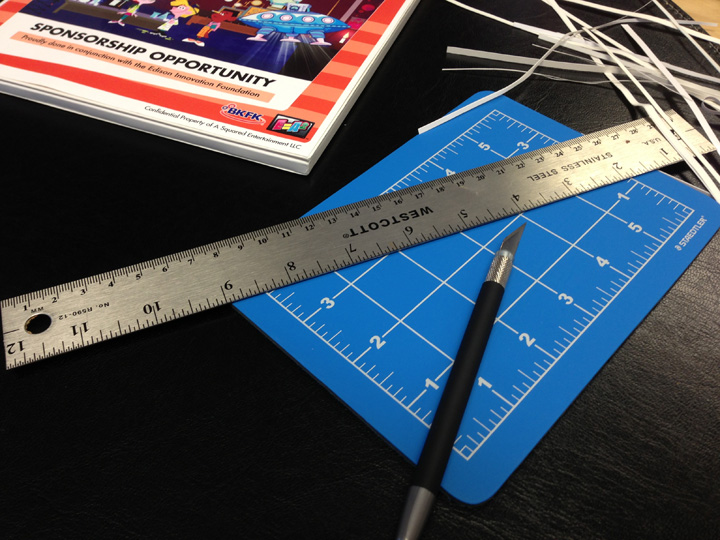
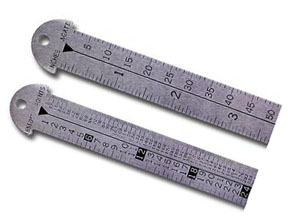

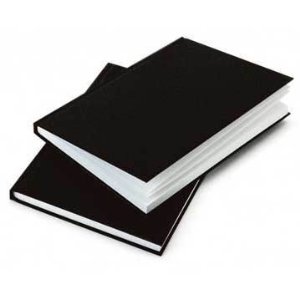
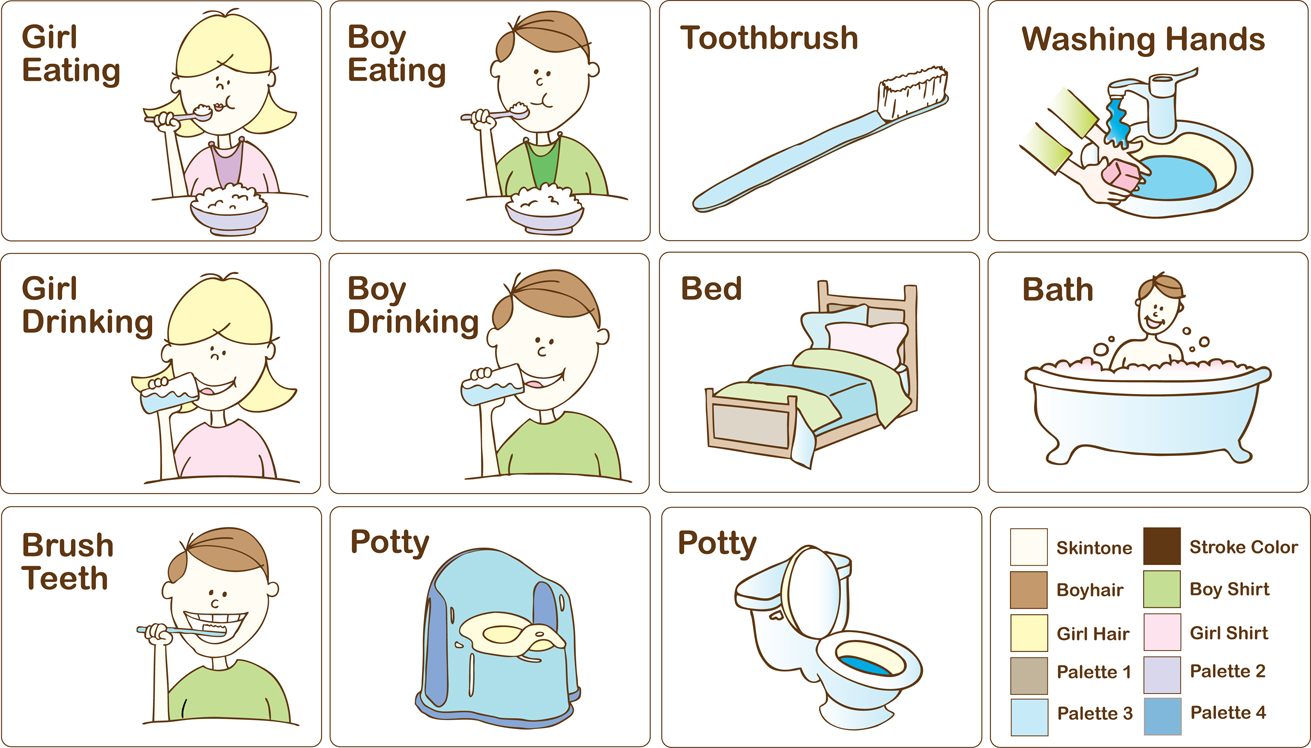
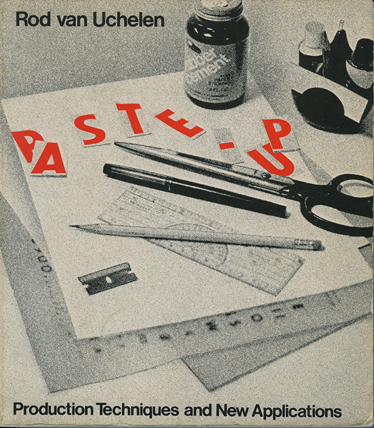
Tú no estudiaste ingeniería (en mis tiempos de estudiante). Nosotros usábamos para dibujar los planos la llamada “regla T”, que tenía forma de T, y teníamos que montarnos en carros y autobuses públicos. La regla T mía era casi de mi tamaño y los choferes de los carros públicos no les gustaba llevarme en sus vehículos. Cosas de estudiante!
Yo tambien usaba la “regla T” jajaja en ingles se llamaba “T-Square” – en eso tiempo yo andaba con la ‘regla T’ y el maleton grandisimo (portofolio) – y ahora casi todo lo tenemos en un solo aparato, el telefono celular / smart phone! Gracias por su repuesta!